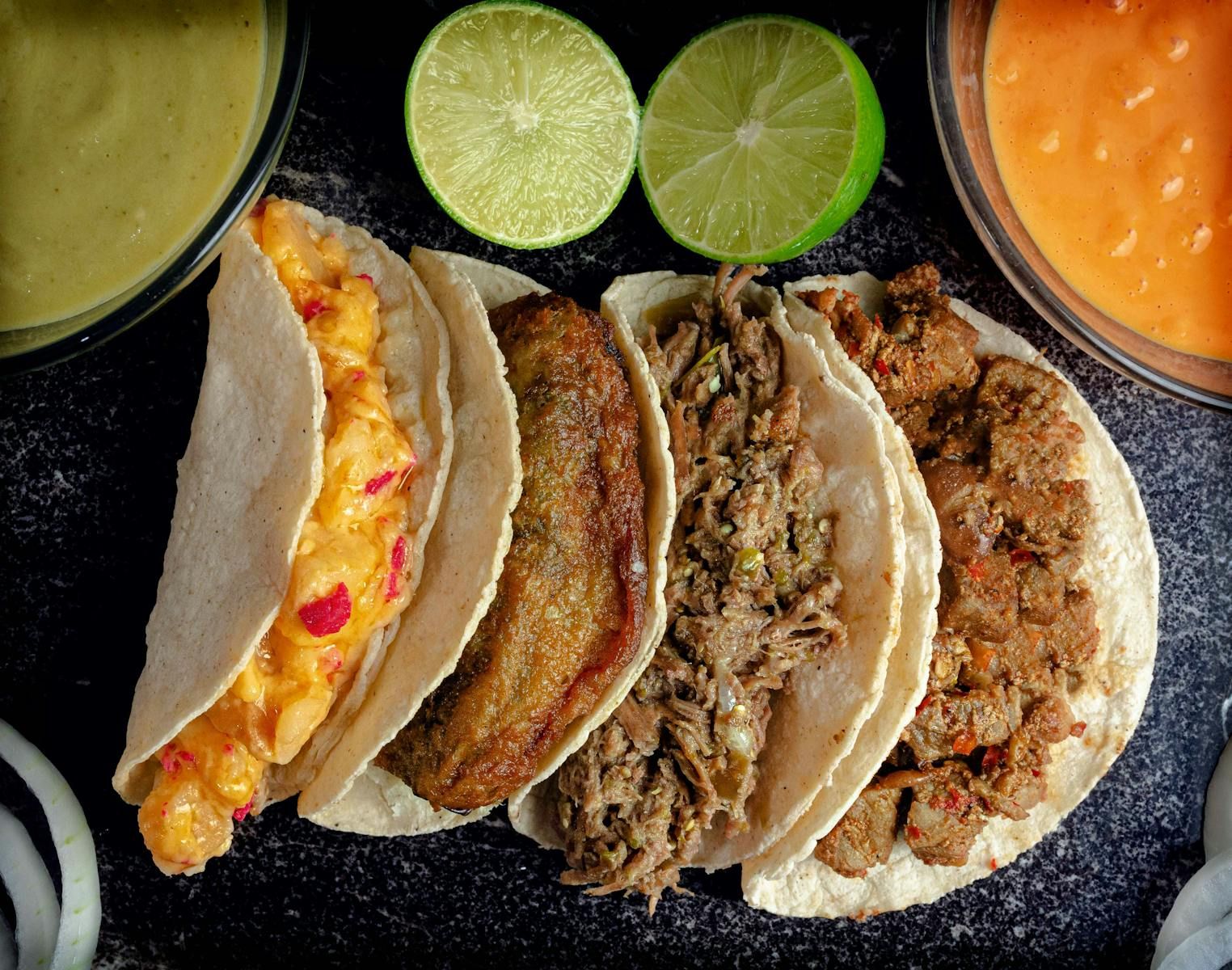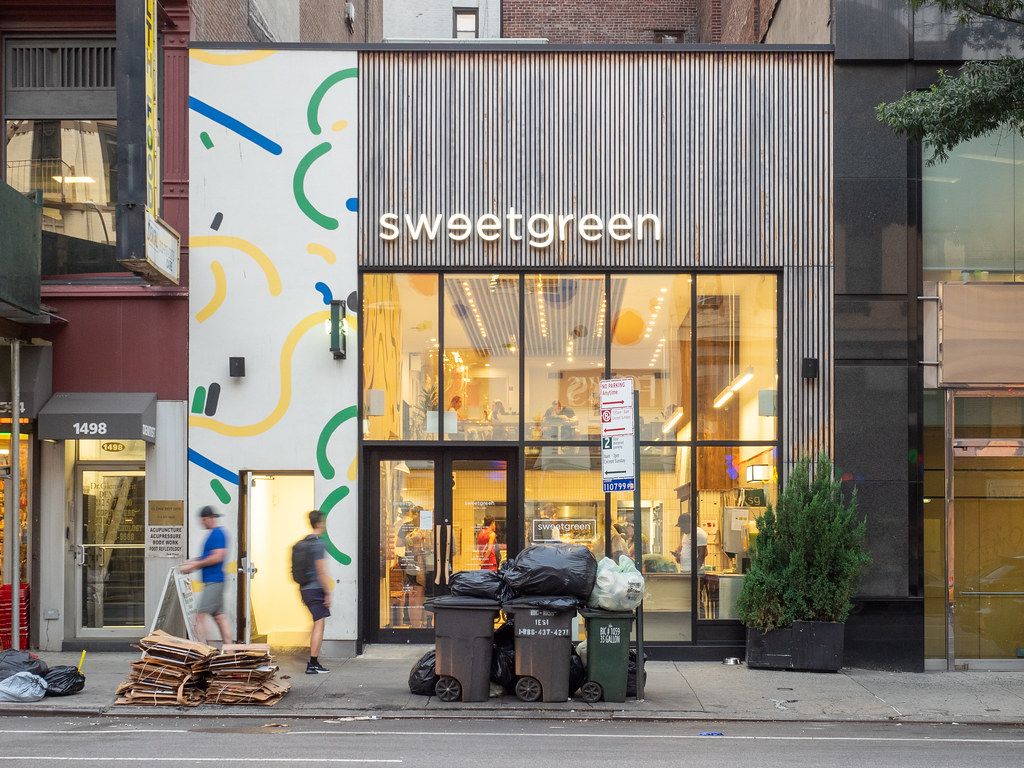
Sweetgreen, a distinctive presence in the fast-casual dining landscape, finds itself at a pivotal juncture. The company, celebrated for its fresh, customizable salad bowls and commitment to health-conscious consumers, is navigating a challenging economic environment characterized by dwindling lunch traffic from downtown offices and a noticeable cooling of consumer interest in its typically premium-priced offerings. This shift directly reflects broader macroeconomic pressures and evolving consumer spending habits, compelling the Los Angeles-based salad chain to undertake a strategic re-evaluation of its core value proposition.
Faced with a confluence of these market headwinds, Sweetgreen CEO Jonathan Neman is now emphatically leaning into what he terms “America’s 2020s-era protein craze.” The company’s response is not merely a minor tweak but a significant menu overhaul, notably featuring a substantial increase in protein portion sizes. This decisive move is a direct acknowledgment of changing demands within corporate America, where the era of solitary, often expensive, desk lunches delivered to offices is receding, and diners are acutely seeking more tangible value for their dollar.
Indeed, the past several months have yielded a series of disappointing financial outcomes for Sweetgreen. Same-store sales have experienced a considerable decline, dropping by as much as 7.6% this summer, while customer traffic has plunged by a reported 10.1% during the same period. This troubling performance prompted Sweetgreen to cut its annual outlook for the second consecutive quarter, now projecting a 4%-6% decline in same-store sales for 2025—a stark reversal from earlier hopes for a flat performance.
Investors have reacted with palpable concern to these bruising second-quarter results. Sweetgreen shares plummeted more than 25% following the earnings announcement, reaching their lowest levels since 2023. The stock has, in fact, lost more than 70% of its value since January, trading significantly below its initial public offering price of $28, underscoring the market’s skepticism regarding the company’s immediate trajectory.

During the company’s second-quarter earnings call, CEO Neman articulated the broader economic context impacting Sweetgreen’s performance, stating, “So I think it’s pretty obvious that the consumer is not in a great place overall.” He further elaborated that consumers initiated a more cautious approach to spending in April, and several of Sweetgreen’s large urban markets have remained notably “subdued,” reflecting the ongoing economic uncertainties that permeate the broader retail and dining sectors.
Several profound factors have converged to necessitate Sweetgreen’s strategic recalibration. Foremost among these is the permanent alteration of working habits in the aftermath of the pandemic. Corporate lunch orders, which once constituted the very backbone of Sweetgreen’s urban business, have experienced a significant slump as office occupancy continues to fluctuate and hybrid work schedules firmly take root across industries. The traditional lunchtime rush in central business districts, once Sweetgreen’s prime hunting ground, is no longer consistently vibrant.
Moreover, the once-reliable demographic of affluent customers, who were previously willing to readily shell out for digitally ordered salads, is now meticulously scrutinizing every expense. This heightened price sensitivity is a direct consequence of persistent inflation and an overarching climate of economic uncertainty. This shift in consumer behavior means that urban Sweetgreen outlets are increasingly reliant on local foot traffic and, crucially, dinner orders, which inherently demand more substantial fare than a mere bowl of greens to satisfy appetites.
Sweetgreen’s internal consumer surveys have unequivocally reinforced these market observations, revealing a consistent and pressing demand from guests for more protein. Customers perceive protein as the “gravitational center of a ‘meal’ that feels worth its ticket price,” indicating that satiety and perceived value are now paramount considerations. This feedback underscores a critical need for Sweetgreen to pivot its offerings to align more closely with evolving customer expectations for a satisfying and value-driven meal experience.
Product on Amazon: Can We Get Sweetgreen? Sticker Vinyl Bumper Sticker 6 Mil Thick – Size 5
Brand: American Magnet
Binding: Product Group: Automotive Parts and Accessories
Price: 4.95 USD
Cartoon Character: Bubble
Special Feature: Waterproof
Number of Pieces: 1
Embellishment: Glitter
Age Range (Description): Adult
Reusability: Single Use
Pattern: Letter Print
Number of Items: 1
Shopping on Amazon >>
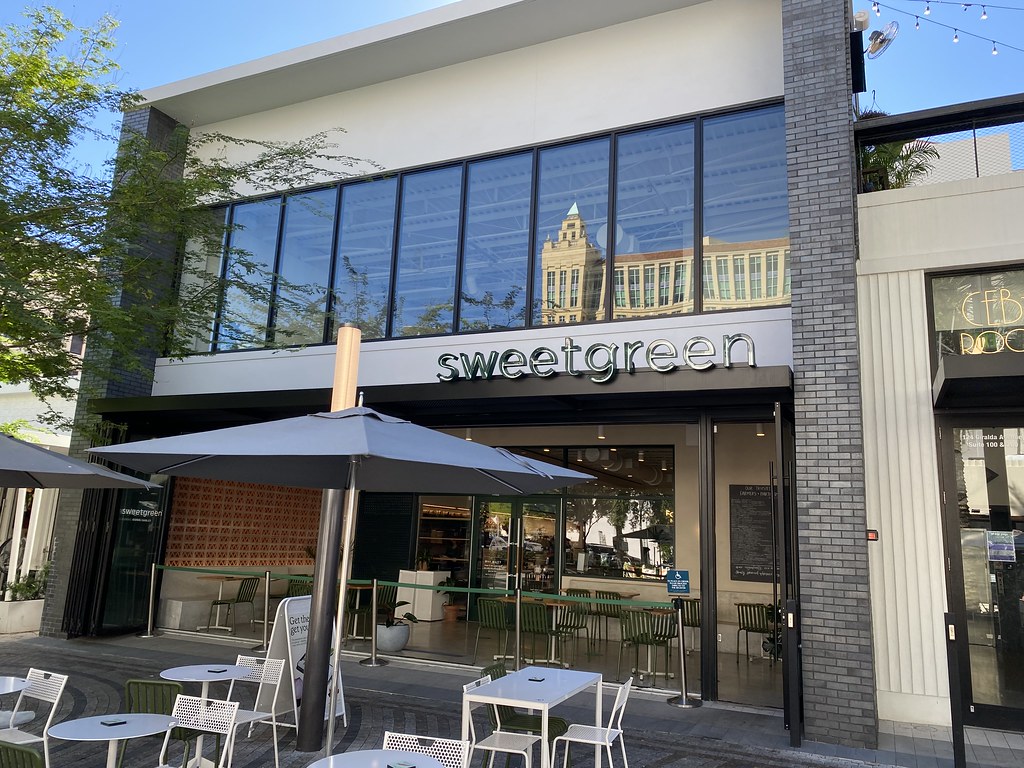
The second fiscal quarter, which concluded on June 29, painted a clear picture of Sweetgreen’s financial struggles. The company reported total revenue of $185.6 million, representing a marginal increase of just 0.5% from the $184.6 million recorded a year prior. This figure notably fell short of Wall Street expectations, which had projected revenues of $191.73 million, signaling a miss on a key performance metric and adding to investor concerns.
Customer traffic sharply deteriorated even in the face of Sweetgreen’s menu price increases, with executives citing a “more cautious consumer environment” and persistent headwinds in urban markets where office lunch traffic remains stubbornly weak. The restaurant-level profit margin also saw a concerning decline, dropping to 18.9% from 22.5% a year prior. This compression was primarily attributed to higher food costs, including new tariffs on packaging, and escalating labor costs, which collectively squeezed profitability.
Compounding these challenges, Sweetgreen reported a net loss of $23.2 million for the quarter, a significant widening from the $14.5 million loss experienced in the prior year. Adjusted EBITDA also nearly halved, coming in at $6.4 million, down from $12.4 million in the corresponding period of the previous year. CEO Neman further attributed some of this drag to the revamped SG Rewards loyalty program, which initially prompted fewer repeat visits as it transitioned from its predecessor.
Recognizing the urgent need for operational excellence, Sweetgreen has initiated a series of critical internal enhancements. Acknowledging that only approximately one-third of its restaurants currently meet established operational standards for speed and consistency, the firm recently brought in Jason Cochran, a seasoned former Chipotle executive, as its Chief Operating Officer. Cochran’s mandate is comprehensive, aiming to address critical issues ranging from portioning accuracy to overall service speed across both digital and in-store channels, ensuring a more uniform and positive customer experience.
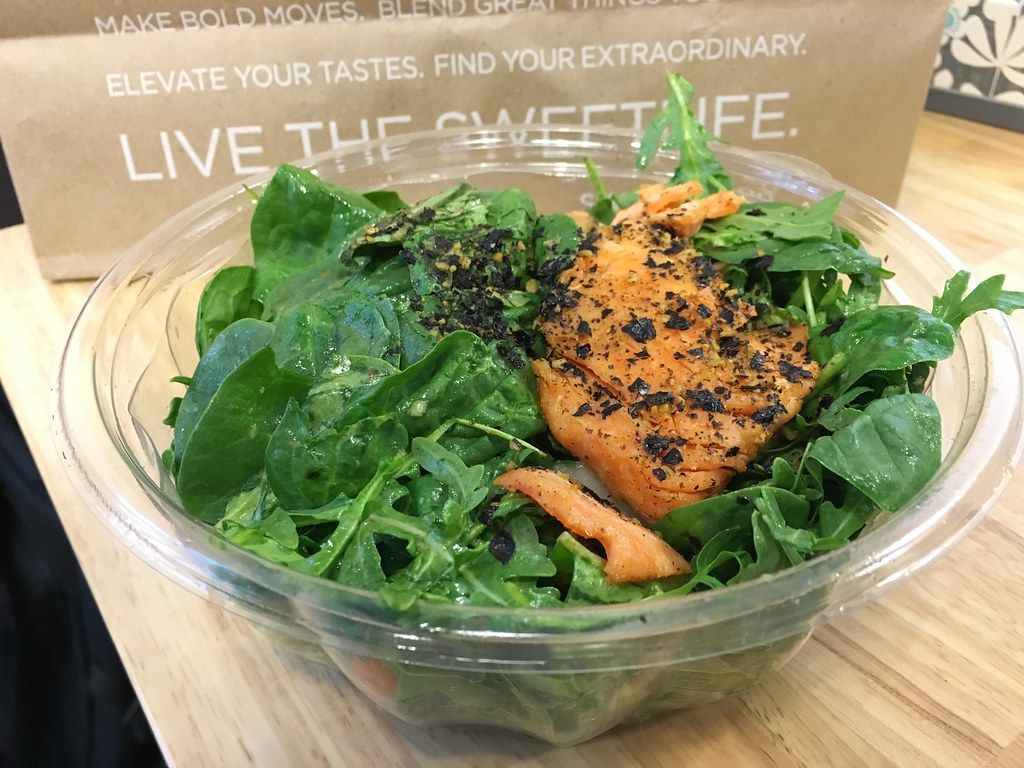
In addition to these strategic hires, Sweetgreen is undertaking a targeted optimization of its physical footprint. The company is in the process of closing two underperforming locations, which has resulted in a $5.3 million impairment charge. Furthermore, in a move to streamline its corporate structure and enhance efficiency, Sweetgreen restructured its Los Angeles-based support center team, leading to the elimination of 10% of both open and existing jobs. These decisions underscore a serious commitment to operational discipline and resource optimization amidst a challenging climate.
One of the most immediate and impactful changes to Sweetgreen’s menu strategy involves a significant boost to its protein offerings. The company announced and implemented 25% bigger portions of chicken and tofu, a direct response to consistent customer feedback regarding perceived skimpy protein servings. This adjustment, rolled out in July, has already yielded encouraging results, with guest satisfaction reportedly improving by a notable 30% in its wake. The company has also assured that it has found ways to offset these increased food costs, demonstrating a focus on sustainable value delivery.
Beyond just increased portions, Sweetgreen is also actively investing in recipe upgrades for its popular proteins, including chicken and salmon, aiming to enhance taste and quality. To attract budget-strained diners, the chain has introduced member deals on salads as cheap as $13, with these $13 menu bowl drops already driving improvements in traffic during the third quarter. This strategic pricing initiative, combined with the return of seasonal dishes, forms a multi-pronged approach to value.
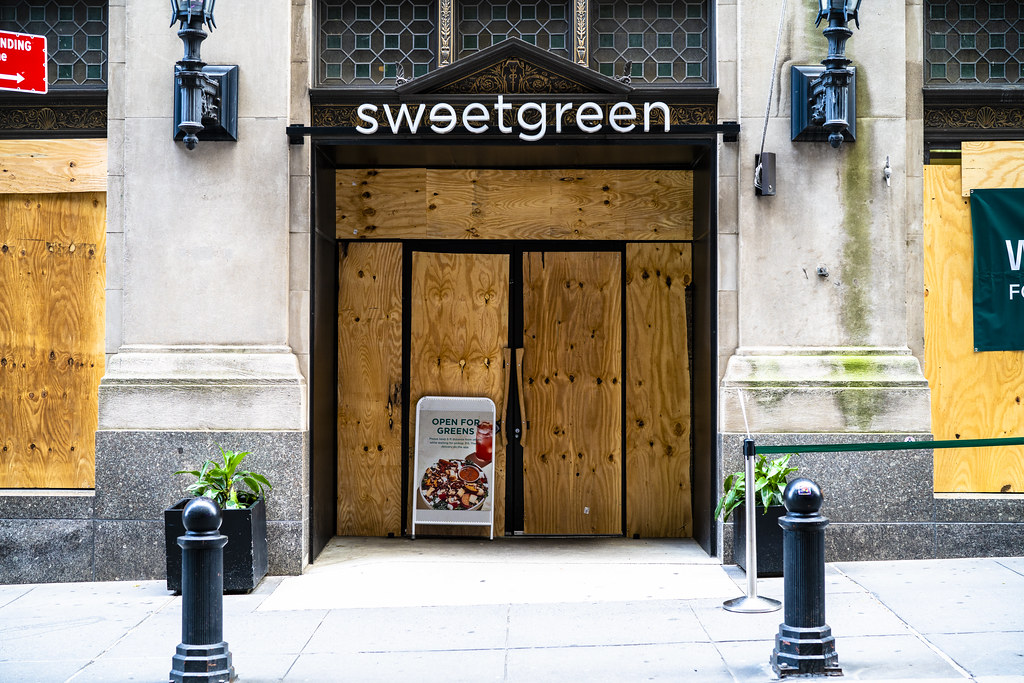
A particularly innovative expansion to Sweetgreen’s repertoire is the newly introduced “protein plates.” These offerings feature larger servings of steak, chicken, or tofu served over grains, specifically designed to capture dinner traffic and satisfy customer demand for heartier, more substantial meal options. Early test results from Boston were highly promising, with steak protein plates accounting for nearly 20% of dinner orders, signaling a potential key to capturing lost revenue from the traditional desk salad crowd and expanding the brand’s appeal beyond lunch.
CEO Neman articulated the philosophy behind these menu innovations with clarity: “We need to meet people where they are. For us, it’s about healthier options that are still filling.” This statement encapsulates Sweetgreen’s commitment to adapting its offerings to consumer needs while staying true to its core identity of providing wholesome meals. Notably, the steak featured in these new plates is sourced from grass-fed, regenerative farms, ensuring Sweetgreen’s sustainability ethos remains firmly intact.
Sweetgreen is also refining its approach to seasonal menu items, a known driver of customer engagement. The company’s summer menu, which launched on July 7, is already mixing at 15% of all entrees, and a compelling one in three customers who tried a seasonal entrée returned within two weeks. This success prompts plans for two more seasonal promotions this year and an ambitious schedule of eight for next year, aiming to consistently refresh the menu and maintain customer interest.
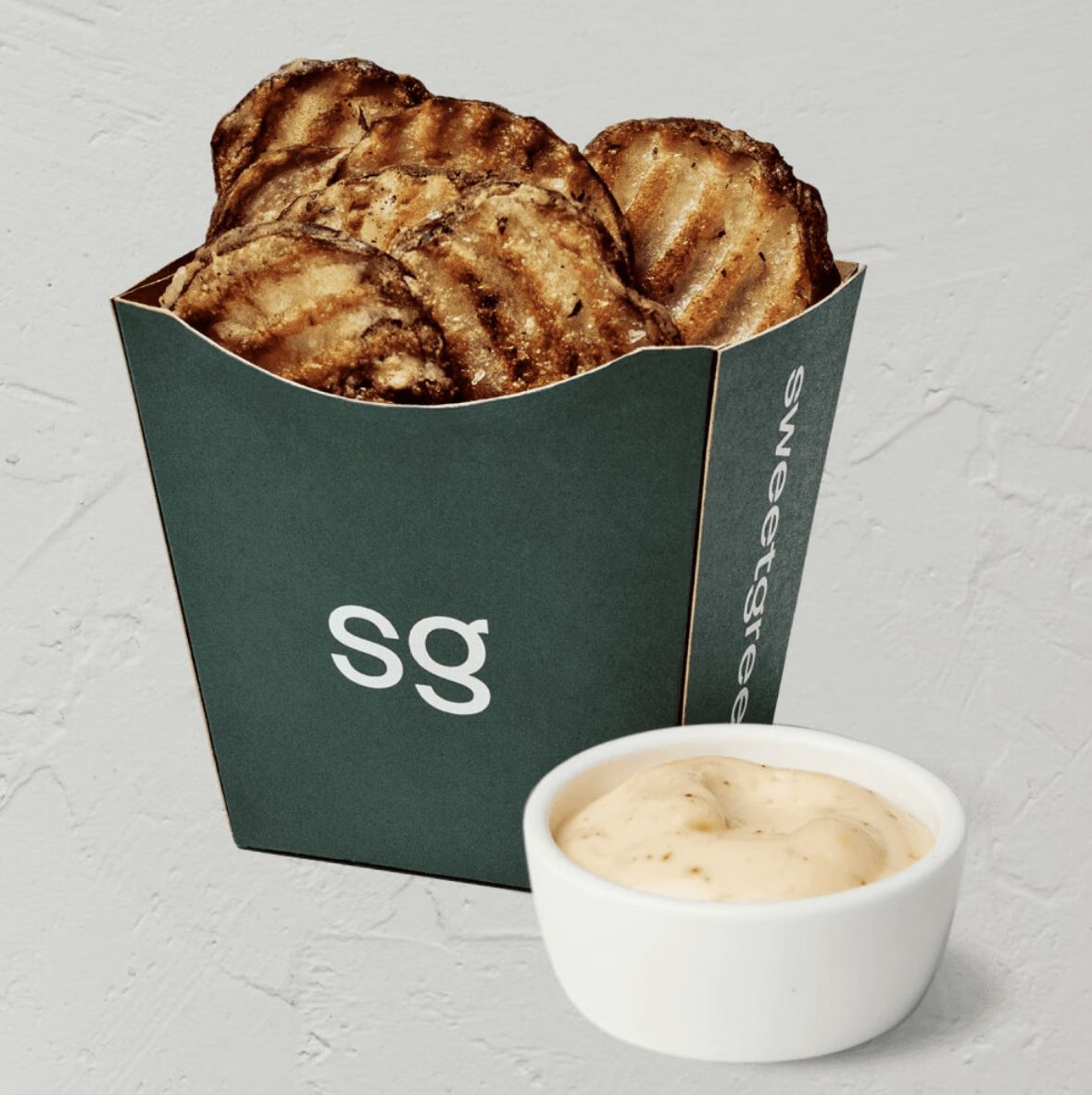
Furthermore, Sweetgreen made the decision to discontinue its air-fried Ripple Fries, which had been heavily promoted earlier in the year. Although guests generally loved them, CEO Neman explained that the fries proved too complex for the restaurants to consistently make, becoming a distraction from the chain’s overarching goal of improving operational consistency across its core menu. The company will, however, continue to explore and develop new products, including homemade drinks currently in test markets.
Operationally, the leadership team is actively implementing strategic initiatives to enhance performance across its entire fleet. Jason Cochran’s appointment as Chief Operating Officer has led to the launch of “Project One Best Way,” an initiative focused on establishing clear operating standards, performance-based leadership, and meticulous, measured execution. Neman stressed that this is not about reinventing the wheel but rather “about applying the standard of excellence with operational process, building on what’s already working and ensuring every restaurant delivers to our highest standards.”
Complementing Cochran’s operational focus, Sweetgreen has also brought in Zipporah Allen as Chief Commercial Officer. Allen, with her background as a chief digital officer at Taco Bell and chief marketing officer at Strava, is expected to play a critical role in “sharpening our brand positioning and menu driving demand, and strengthening the overall guest experience.” This dual leadership emphasis on both operational efficiency and brand engagement highlights a holistic approach to recovery and growth.
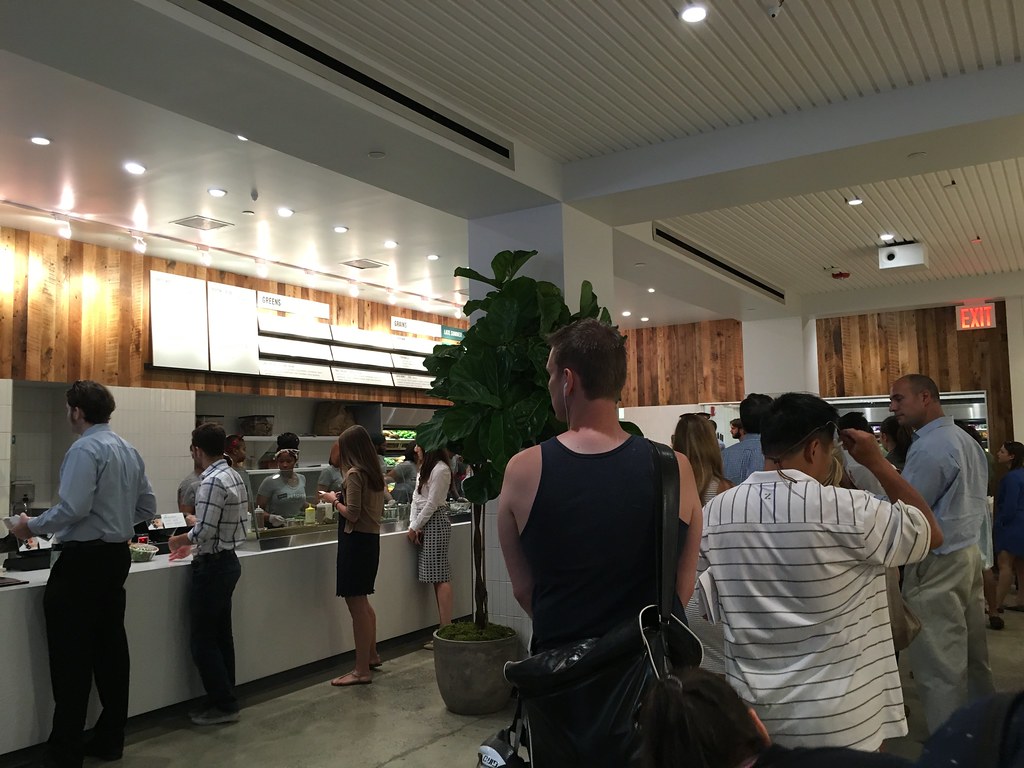
Sweetgreen’s loyalty program has also undergone a significant transformation. Earlier this year, the company phased out its subscription-based Sweetpass program, replacing it with the more traditional SG Rewards in April, which allows guests to earn points for dollars spent. While there was some expected revenue loss and a temporary decline in high-frequency customers due to this transition, Neman expressed confidence in winning these customers back, noting that membership is growing at a rate of approximately 200,000 per week. A forthcoming enhancement later this year will allow loyalty members to scan and pay in a single transaction, further speeding up service time.
Despite the recent rocky financial performance, Sweetgreen remains committed to its long-term expansion goals. The company forged ahead with opening nine new restaurants in the second quarter, including four Infinite Kitchens, which feature a higher degree of automation and lower labor requirements. Sweetgreen plans for at least 40 new openings this year, many of which will incorporate these automated make-lines, reflecting a forward-looking strategy to drive efficiency and scale.
This expansion includes venturing into four entirely new markets this year: Arkansas, Sacramento, Phoenix, and Cincinnati. Simultaneously, the company has strategically closed two older, underperforming units in New York City, where leases were up, aiming to redirect guests to three nearby newer locations that promise a superior customer experience. This demonstrates a deliberate balance between growth and optimization of its existing portfolio.
While Neman and CFO Mitch Reback stressed that “actions taken are already showing positive results,” pointing to steady improvement in guest frequency from the revamped loyalty program and enthusiasm for seasonal menu items, the financial community largely remains skeptical. Sweetgreen’s recent stumbles have only reinforced doubts among analysts about whether premium salad chains can truly thrive in today’s increasingly value-conscious dining environment, especially as hybrid work continues to diminish the once-reliable desk-lunch crowd and consumers actively seek out more affordable alternatives.
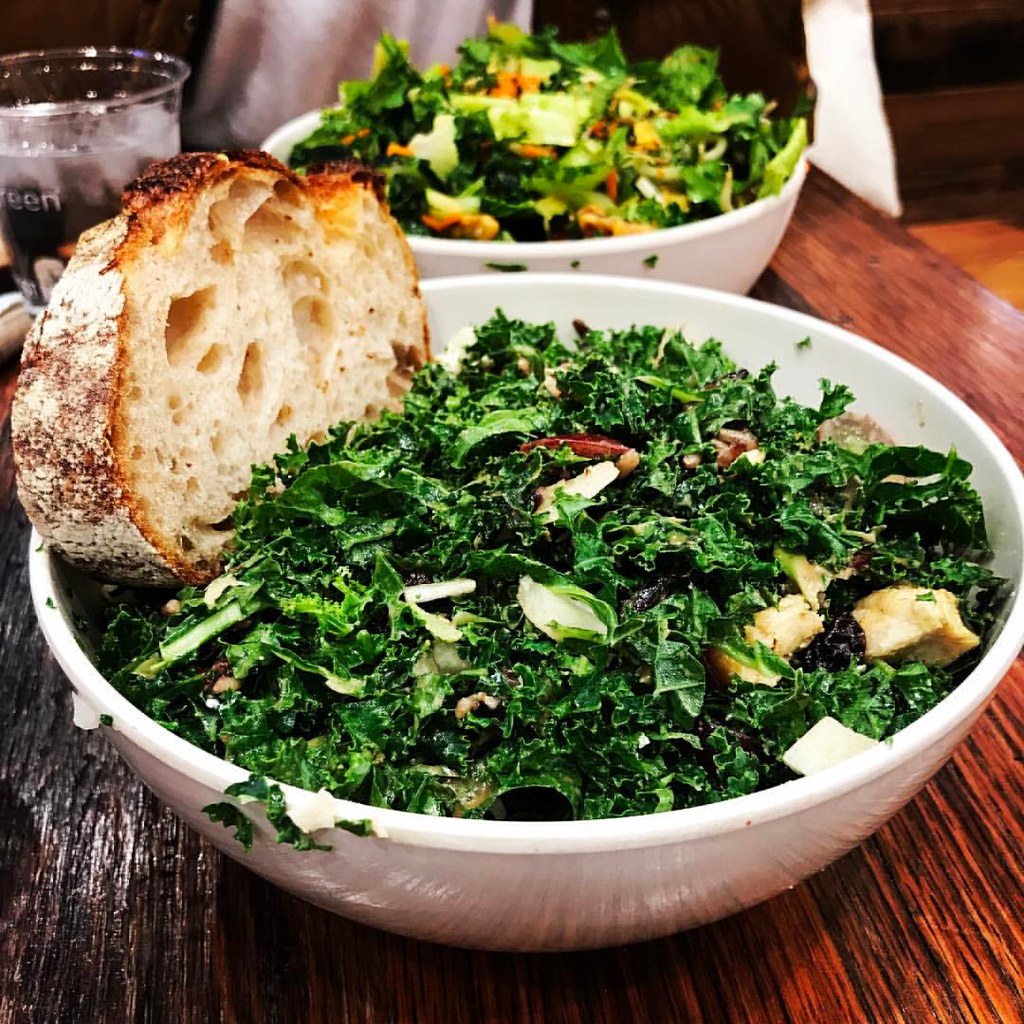
CFO Reback, while acknowledging the current challenges, reiterated his conviction that Sweetgreen, which has yet to report a profit as a public company, will indeed get back on its growth trajectory. He stated, “As we get our operational standards to really, really drive them and improve the execution at the store level, return our menu to more of our seasonal core, we’re convinced that we will see the business get back to the trajectory we were on.” This sentiment reflects a belief in the fundamental soundness of their strategic adjustments.
The broader industry landscape further underscores the challenges Sweetgreen faces. Competitors like Chipotle have also openly cited economic uncertainty as a factor in their results, and other major chains, from Starbucks to McDonald’s, have proactively launched value meals to attract and retain price-sensitive customers. This widespread trend highlights that Sweetgreen’s strategic pivot to offer more value, particularly through enhanced protein portions, is not an isolated phenomenon but a necessary adaptation within a shifting consumer market.
Sweetgreen stands at a defining moment, where its strategic adaptations to evolving consumer habits and macroeconomic pressures will determine its future trajectory. The deliberate decision to augment protein portions, enhance menu offerings, and streamline operations represents a comprehensive and direct effort to address the core concerns of value and satiety expressed by its customer base. This intricate balancing act between maintaining a premium brand identity and responding to the pervasive demand for affordability is paramount.

The company’s ability to meticulously execute these ambitious plans, from optimizing operational consistency across its vast network of restaurants to effectively communicating the enhanced value proposition to its discerning customers, will be critical. Sweetgreen’s journey to re-engage its core customer base and attract new diners amidst a highly competitive and economically constrained environment is a compelling case study in dynamic business adaptation. The success of this pivot will not only shape Sweetgreen’s own future but could also offer valuable insights for other premium fast-casual brands navigating similar headwinds.
The path ahead for Sweetgreen is undoubtedly complex, requiring sustained focus and agile responsiveness. Yet, the company’s proactive stance, its commitment to addressing fundamental customer desires, and its willingness to invest in operational and menu innovation demonstrate a determined effort to redefine its position in the marketplace. The coming quarters will reveal whether these strategic shifts successfully reinvigorate growth and ultimately pave the way for Sweetgreen to achieve consistent profitability in a demanding new era of dining.

**Frequently Asked Questions (FAQs) about Sweetgreen’s Strategy**
**Q1: Why are Sweetgreen customers reportedly cutting back on pricey salads?**
A1: Customers are reducing purchases due to broader economic pressures, including rising inflation, which impacts household budgets. Sweetgreen’s premium price point positions it as a discretionary expense, leading consumers to seek more value for their money in dining choices.
**Q2: What exactly is Sweetgreen’s “extra chicken” strategy?**
A2: Sweetgreen plans to increase the portion of chicken and tofu by 25% in certain menu items. This aims to boost the perceived value of its salads and protein plates, offering a more substantial and filling meal. This directly addresses customer demand for more protein and better value without a proportional price increase.

**Q3: How might this “extra chicken” strategy impact Sweetgreen’s financial performance?**
A3: The strategy is designed to increase sales volumes by attracting more customers and encouraging repeat visits due to enhanced value. However, it will also increase food costs, potentially impacting gross profit margins per unit. Sweetgreen aims to manage supply chains and operational efficiency carefully to balance these factors and maintain profitability.
**Q4: Will Sweetgreen lower its overall menu prices as part of this new approach?**
A4: The current strategy primarily focuses on increasing perceived value through larger portions of protein and strategic deals like $13 salads for members, rather than a general price reduction across the entire menu. The goal is to make existing offerings feel more worth their current price.

**Q5: How does Sweetgreen’s new strategy compare to actions taken by its competitors?**
A5: Many fast-casual competitors are also adapting to changing consumer demands for value. Sweetgreen’s specific focus on enhancing protein content is a targeted response aimed at differentiating itself while addressing a common customer desire in the healthy eating segment. Other chains, like Starbucks and McDonald’s, have launched value meals to attract price-sensitive customers.
**Q6: What is the long-term outlook for Sweetgreen with this strategic shift?**
A6: The long-term outlook for Sweetgreen hinges on customer reception and the financial viability of this strategy. If customers perceive genuine added value, it could strengthen brand loyalty and attract new diners. This adaptation is crucial for Sweetgreen to maintain its competitive edge and growth trajectory in a challenging economic environment, ultimately aiming for sustained profitability.

